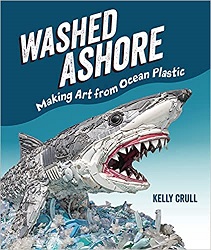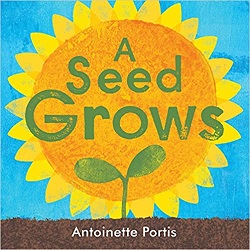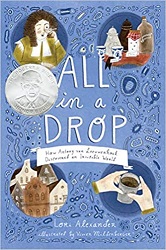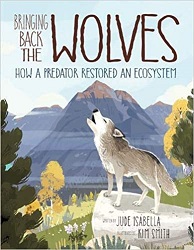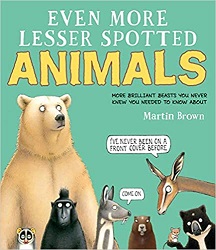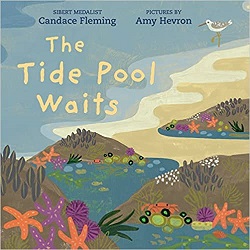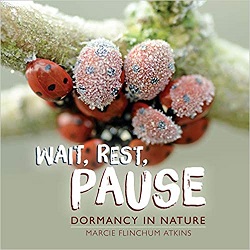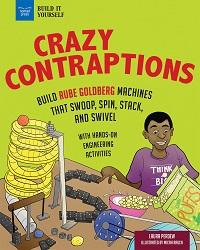Review of The Chemistry of Food, by Carla Mooney
by Carla Mooney
illustrated by Tracy Van Wagoner
Nomad Press, 2021. 118 pages.
Review written November 19, 2022, from a library book
Starred Review
I think this nonfiction book for middle school and up is just so cool. I took a Chemistry class in high school, but this book tells me all kinds of things I didn’t know about the chemistry of food. Sure, I know the basics, but it’s interesting to hear the actual science behind many different processes. It’s illustrated with photographs and diagrams on almost every page.
Here’s what the chapters cover: The intro chapter, besides talking about food, gives some basics of chemical bonds, mixtures, solutions, and compounds. And how heat affects those things. The next chapter covers chemicals in our food, looking at water, lipids, carbohydrates, proteins, enzymes, vitamins and minerals. Next there’s a chapter on the chemical reactions of cooking: endothermic and exothermic reactions, heat conduction, caramelization, and other kinds of chemical reactions. Then comes a chapter on nutrition and how we get nutrients and energy from food. After that we get the science of flavor, and it all wraps up with a chapter on texture.
One of the big strengths of this book are the many fascinating experiments it shows you how to do. I confess I didn’t try them, but I wanted to. If there were a kid in my home, I don’t think I could resist. Some of those experiments include: putting oil and water together and watching what happens when you add dish soap, learning about protein denaturation by making lemon curd, caramelizing sugar and checking the mixture at different temperatures, figuring out how much gluten is in different flours, examining cookies baked at different temperatures and times, making ice cream in a bag with different amounts of salt and ice, and comparing different starches as thickening agents, and comparing methods for making crispy fries. They don’t tell you what’s going to happen with these experiments, which makes them all the more intriguing. They do have follow-up questions to help you think through what did happen, as well as further things to try.
I wouldn’t be surprised if this book would kickstart a kid’s interest in science. But whether or not it does, it provides a fascinating look at the science behind everyday things.
Find this review on Sonderbooks at: www.sonderbooks.com/Teen_Nonfiction/chemistry_of_food.html
Disclosure: I am an Amazon Affiliate, and will earn a small percentage if you order a book on Amazon after clicking through from my site.
Disclaimer: I am a professional librarian, but the views expressed are solely my own, and in no way represent the official views of my employer or of any committee or group of which I am part.
What did you think of this book?

